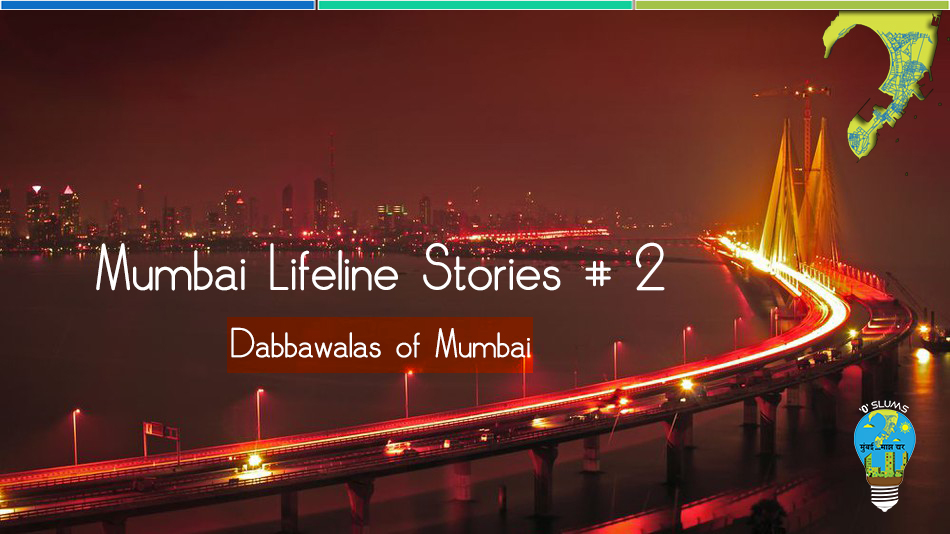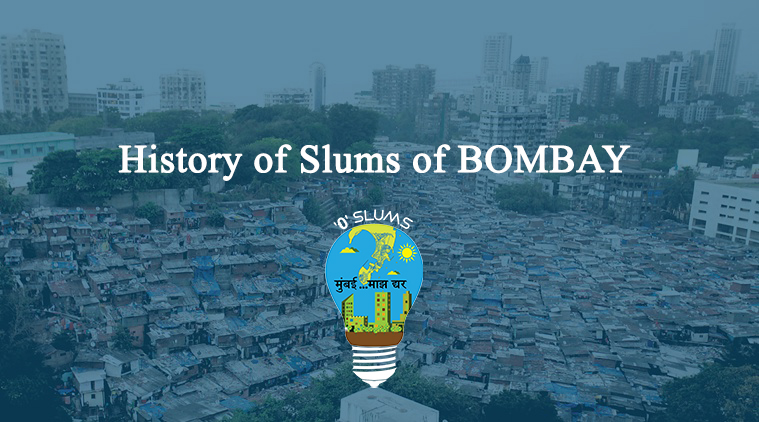About 125 years ago, a Parsi banker wanted to have home-cooked food in his office and hired someone to collect it from his home and bring it to him at work. He was the first ever Dabbawala or tiffin carrier. Many people liked the idea and the demand for Dabba delivery soared. In the beginning the deliveries were informal, with…
Month: August 2018
Singapore’s public housing has led to creation of jobs, safer living conditions for residents
From an economically and socially under-developed country to one of the world’s best nations, Singapore has come a long way. Lacking in natural minerals and resources, it drew its strength from being a “stable and progressive economy” to drive more foreign direct investments and private investments. The country and everything that it is today reflects public-private sector partnerships and investment…
Catch-22 Book Review
Catch-22 is a tragicomic novel specifying the efforts of a man named Yossarian, a captain in the US Army Air Force, to avoid flying any more combat missions. The novel takes place on Pianosa, a small Italian island, during the Second World War. At first he tries to get medically grounded on the basis of insanity, but Doc Daneeka, the group’s medic, argues…
Public Housing
The terms “affordable housing” and “public housing” are frequently used interchangeably, causing a lot of confusion in the process. They are actually two very different. Affordable housing refers to housing units that are affordable by that section of society whose income is below the median household income. Houses are owned by the households. Families buy the homes at affordable prices.…
The Slums of Mumbai
Everywhere on the ground lay sleeping natives– hundreds and hundreds. They lay stretched at full length and tightly wrapped in blankets, heads and all. Their attitude and rigidity counterfeited death. – Mark Twain, on a nocturnal drive through Bombay in 1896. The Early History of Slums Late in the 17th century, Gerald Aungier tried to attract traders and artisans to…





